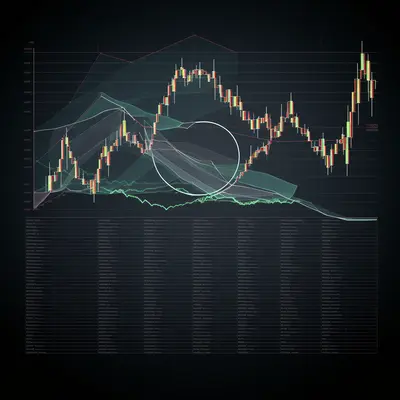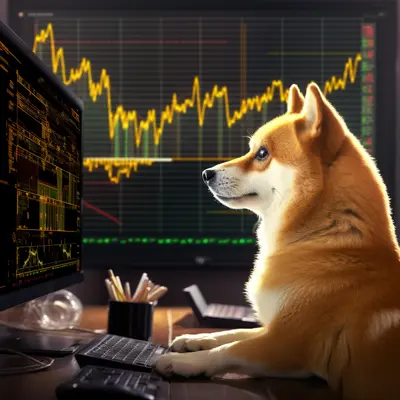Predicting Terra Luna's price from 2025 to 2030 will come true at the 2030 peak price of $50

The Terra blockchain was created by Terraform Labs in 2018 to host decentralized applications, and the same was launched in 2019.
However, the history of the Terra blockchain and its native currency LUNA has been quite tumultuous. Do Kwon and Daniel Shin founded Terraform Labs in Seoul, the capital of South Korea, in 2018. The following year, they launched the Terra blockchain and associated coins, UST and LUNA, the latter being the support coin for the former. .
In 17 rounds of financing, Terraform Labs raised a total of 58 million dollars, being its main investors Galaxy Digital, Pantera Capital and Hashed.
It was to protect investors against the volatility of major cryptocurrencies like Bitcoin that the concept of stablecoins originated. A stable coin has a constant price; Since fiat currency is pegged to reserves like gold, a stablecoin is pegged to a fiat currency (e.g. USD) or a backing cryptocurrency.
In this case, TerraUSD was tied to LUNA. However, here lies the conflict. A cryptocurrency is not equivalent to gold reserves. As LUNA prices became unsettled, it also had an impact on UST prices and the entire stablecoin system collapsed.
The Stablecoin project aimed to complement the price stability and wide adoption of fiat currencies with the decentralized model of cryptocurrencies.
Even those who are only vaguely familiar with the cryptocurrency industry are aware of the apocalyptic collapse of LUNA and UST in May 2022. This collapse was crucial in instigating the cryptocurrency crash thereafter.
LUNA was a market top performer once, with the altcoin once among the top 10 cryptocurrencies by market value towards the end of 2021.
A May 2022 Bloomberg report sheds light on the additional developments that occurred. It was in early May 2022 when the Terra system crashed that big investors started selling their tokens. The move caused a huge drop in the price of the coins. While the price of UST fell to $0.10, the price of LUNA fell to almost nothing.
The cryptocurrency market lost around $45 billion in a week in the ensuing bloodbath, causing a global market crash. The leadership of the Terra system hoped to buy Bitcoin reserves to buy more UST and LUNA coins to stabilize their prices, but the plan did not work out.
Thousands of investors around the world lost significant amounts due to the mishap. Immediately afterwards, the Korea National Tax Service imposed $78.4 million in corporate and income taxes on Do Kwon and Terraform Labs after a Terra investor filed a police complaint against the co-founder.
In fact, one affected investor even broke into Kwon's home in South Korea. Then his wife sought safety from the police.
In July 2022, News1 Korea reported that South Korean prosecutors raided 15 companies, including seven cryptocurrency exchanges in connection with the investigation into the collapse of Terraform. More than 100 people who filed complaints with the prosecutor's office reportedly suffered losses totaling approximately $8 million.
Many insiders in the industry had been warning the cryptocurrency community about the impending doom. Kevin Zhou, CEO of Galois Capital, was one of those people. He said the outcome was inevitable as "the mechanism was flawed and didn't work as expected." However, most people did not pay attention.
On May 25, Bloomberg reported that a new version of LUNA was launched following a hard fork, with the new LUNA coin no longer associated with the devalued UST coin. The oldest coin is called Luna Classic (LUNC) and the newest is called Luna 2.0 (LUNA). Although the former cryptocurrency has not been completely replaced, its community could slowly dissolve as more and more users switch to LUNA 2.0.
The new initiative included an airdrop of new LUNA tokens for those who held Luna Classic (LUNC) and UST tokens and suffered. A significant portion of the minted currency will be set aside for development and mining operations. Currently, there is a supply of 1 billion LUNA tokens.
The collapse of the twin coins turned out to be a harbinger of increased government regulation, if not outright opposition, in the cryptocurrency industry. The industry's anonymous model, much touted as the foundation of the decentralized cryptocurrency market, was once embraced by all. However, the moment people lost their investments, they rushed to government authorities for redress.
It was then that the government financial authorities found an opportunity to push for the implementation of rules and regulations in the crypto industry to address price volatility, money laundering, etc.
The entry of government-supervised corporate institutions into the industry had already set the tone for what was to come. But this collapse encouraged this trend. Now, cryptocurrency entities, whether large or small, will likely be supervised by central banks around the world. In such scenarios, it will be critical to look at how the industry manages to maintain its anonymous and decentralized nature.
In a recent interview, Kwon said his confidence at the time was justified as the market success of his Terra ecosystem was approaching $100 billion, but his faith now "seems super irrational." He admitted the possibility of a mole in the organization, but added: "I, and I alone, am responsible for any weakness that has arisen for a short seller to start making a profit."
Why these projections matter
The future of LUNA is a very critical issue for the entire cryptocurrency industry. Released as part of the regeneration strategy, its performance so far hasn't exactly been a celebration.
Transactions on the Terra 2.0 blockchain are validated through the Proof-of-Stake (PoS) consensus mechanism. The network has 130 validators working at any given time. As a PoS platform, the power of the validator is tied to the number of tokens staked.
How LUNA operates will determine the course of not only this particular cryptocurrency, but also various stablecoins on the market. If it manages to win the trust of investors, the company will go a long way in furthering the cause of the stablecoin asset class.
In this article, we will lay out LUNA's key performance metrics, such as its price and market capitalization. Below, we will summarize what leading crypto influencers and analysts have to say about LUNA's performance, along with their Fear & Greed index. We will also briefly talk about whether you should invest in the stablecoin or not.
LUNA Price, Volume and Everything Else
Starting its journey at around $19 on May 28, 2022, LUNA quickly fell below $5 the next day. At the end of May 2022, its value was just above $11, but it soon shot south in early June.
During the following months, the value of LUNA continued to oscillate between $1.7 and $2.5. At the time of writing, the altcoin was trading at $2.18.

Similarly, its market capitalization is not as high as before. In June 2022, its market capitalization was over $300 million, but it continued to hover between less than $210 and $300 for much of July.
At the time of publication, the corresponding figures were well below $300 million. In fact, during a 24-hour window, the crypto was up over 28% on the price charts.

The crisis that developed after the collapse of the twin currencies affected the course of the entire market. LUNA has been particularly vulnerable to volatile market conditions. The crisis between Russia and Ukraine and the increase in crypto regulations around the world have also reduced the movement of the market.
MOON predictions for 2025
Before reading any further, readers should understand that market predictions from different cryptocurrency analysts can vary widely. And, quite a few times, these predictions turn out to be wrong. Different analysts choose different sets of parameters to arrive at their forecasts. Furthermore, no one can foresee unpredictable socio-political events that ultimately end up affecting the market.
Now let's take a look at what different analysts have to say about the future of LUNA in 2025.
A Changelly blog post claimed that experts, after analyzing Terra's past performance, predicted that the price of LUNA will range between $7.26 and $8.62. Your average trading cost during said year will be around $7.46, with a potential ROI of 384%, they added.
Telegaon is also very optimistic in its assessment of LUNA's future, with 2025 high and low prices of $52.39 and $69.18. He predicts that its average price in that year will be $61.72.
MOON predictions for 2030
The aforementioned Changelly blog post stated that the LUNA high and low prices in 2030 will be $48.54 and $57.68. The average price of LUNA in said year will be $50.24, with a potential ROI of 3,140%.
Disclaimer
The above predictions are now more recent. Before the events of the last few months, analysts were much more optimistic about LUNA's fate.
Consider Finder's expert panel, for example. In fact, they predicted a price of $390 by 2025 and $997 by 2030.
“People like Ben Ritchie of Digital Capital Management claimed that the LUNA token will continue to gain traction as long as there are no clear regulations on stablecoins. We believe that LUNA and UST will have a head start and be adopted as a major stablecoin throughout the crypto space. LUNA burns to mint a UST, so if UST adoption grows, LUNA stands to benefit greatly. Having Bitcoin as a reserve asset is a great decision by the Terra government."
There were also contrary opinions. According to Dimitrios Salampasis,
“Algorithmic stablecoins are considered inherently fragile and are not stable at all. In my opinion, LUNA will exist in a state of perpetual vulnerability.”
That's not all. In fact, at one point, there was also talk of Terra emerging as the most staked asset.

Fear & greed index

Conclusion
If you are considering investing in LUNA, you must understand that you have entered the market after a major crisis. Not yet listed on many exchanges due to market fear.
We will also have to see how the LUNA developer and investor community performs in the coming weeks. If they burn enough tokens to increase their price, it can be beneficial for your future. A sustained effort by the cryptocurrency industry, in particular the LUNA community, can go a long way toward restoring investor confidence in the market.
We must reiterate once again that market forecasts are not set in stone and can go very wrong, especially in a market as volatile as cryptocurrencies. Therefore, investors should exercise due caution before investing in LUNA.
Disclaimer: The datasets shared in the following article were compiled from a set of online resources and do not reflect Fox Crypto News's own research on the subject.
Sep 02, 2022


-400-400.webp)



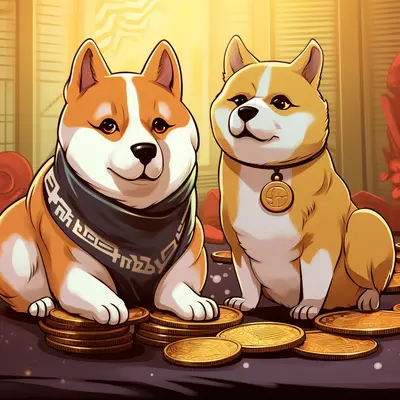



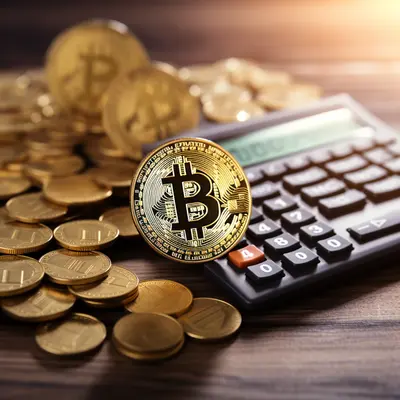
 Price Target on the Table if Ethereum (ETH) Does This Next Bull Cycle-400-400.webp)

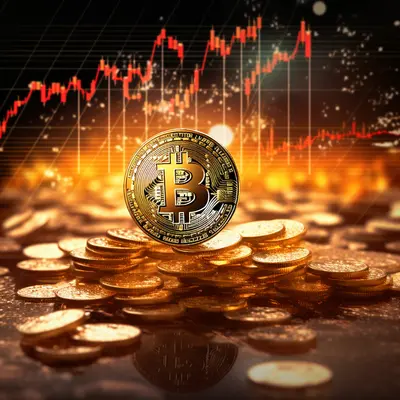
-400-400.webp)




